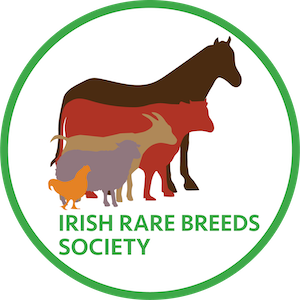The Cladoir Sheep: A Rare Breed Native to Connemara
Description of the Cladoir Sheep
According to Mason’s, Dictionary of Livestock breeds, published in 2002, the Cladoir sheep was native to Connemara but is now technically extinct, being found only as crossbred individuals. Mason placed this breed in the Northern Short-tailed group and added that it was polled and occasionally coloured. Alternative names are the ‘Cladagh’ or ‘Cottagh’, meaning ‘shore’, this being in keeping with the fact that the Cladoir was also known as ‘The Coastal Sheep’.
Two Identifiable Sheep Types in Ireland
According to R.F. Scharff in The Irish Naturalist Vol. 31, No. 7 (Jul., 1922), pp. 73-76 there were two identifiable sheep types in Ireland the long wooled and the short wooled. The short wooled was known to have existed in from time immemorial and were known as the “Cottagh”.
Characteristics of the Short Wooled Sheep
The sheep has been described as having a small head, narrow face, and short, round and pricked ears. The head and face where smooth and covered with short hair, the wool extending only to the junction between neck and head. It had a long neck, but the general proportions were good except that it was rather too slender. The legs were small and clean and not very long. The tail had remarkable coarse hair, even more so than that of the long wooled sheep. The fleece was coarse or wavy and occasionally matted, yielding from two or three lbs. Of wool with a fiber of about two inches in length.
Use of the Short Wooled Sheep’s Wool
The wool of this sheep was largely used in the manufacture of flannel of which much was made at Rathdrum. An anonymous writer who signs himself “Agricola” wrote in 1806 that this Wicklow short wooled breed was generally known as the “Cottagh sheep”.
Similar Breeds in Other Regions
Youatt maintains that a similar breed occurred in Galway, particularly in the Connemara mountains. He tells us that mountains of Kerry also produce a breed of small wooled sheep. According to Low the Kerry sheep was larger than the Wicklow. The horns were small and crooked and occasionally absent in the female, while the wool was course on the haunches and fine on the sides.






